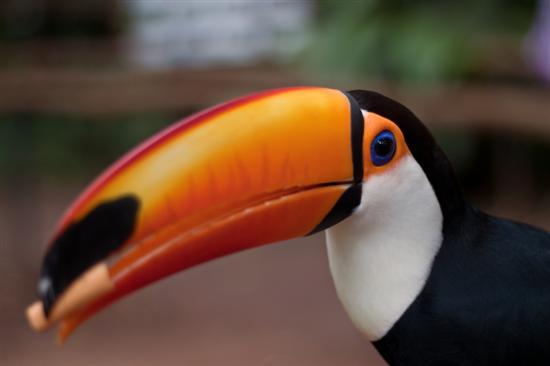Overview
Scientific Terms
Materials
Procedure
References
Related videos
Hey there! Here are some awesome videos about this science project that we think you'll really like. They're not only super fun, but they'll also help you learn more about the science behind the project. So sit back, relax, and get ready to have some fun!!
Get ready to be amazed by the incredible variety of birds and their beaks! These videos shows how the different shapes and sizes of their beaks help them to eat a variety of foods. From long, thin beaks for sipping nectar to sharp, pointy beaks for catching fish, you'll discover the amazing adaptations that help birds survive in their unique environments!

